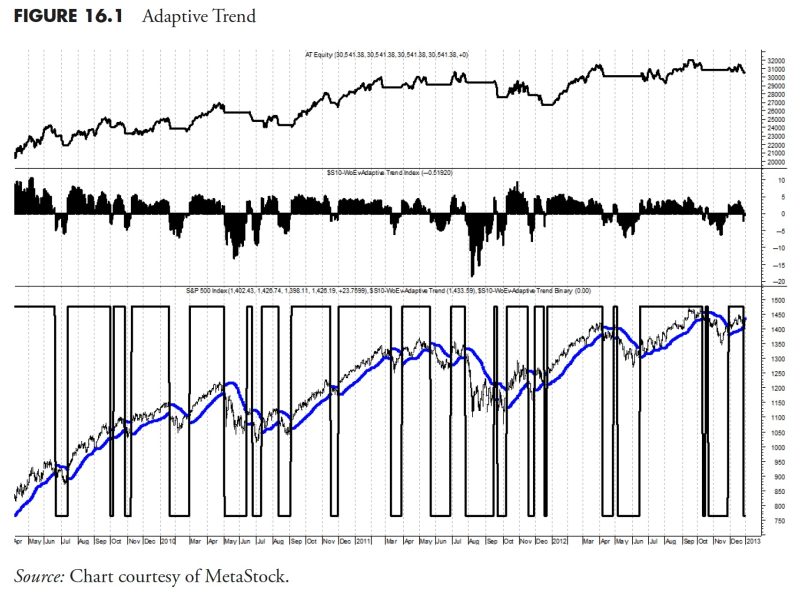In the realm of finance and investment, the concept of rules-based money management has gained significant momentum as an effective strategy for mitigating risks and maximizing returns. One particular strategy that falls under this umbrella is trend-following, which involves identifying and capitalizing on market trends to enhance trading outcomes. In this article, we delve into the practical application of trend-following as part of a comprehensive rules-based money management approach.
Trend-following strategies are grounded in the idea that markets exhibit persistent trends that can be exploited for profit. By analyzing historical price data, traders can identify and follow these trends to make informed investment decisions. The key principle behind trend-following is to buy into assets that are appreciating in value and to sell assets that are declining in value, in line with the prevailing trend.
Implementing a trend-following strategy requires the establishment of clear rules and parameters for entering and exiting trades. These rules are typically based on technical indicators, such as moving averages, to determine the direction of the trend and to signal potential entry and exit points. By adhering strictly to these rules, traders can avoid emotional decision-making and maintain discipline in their trading activities.
Trend-following can be applied to various asset classes, including stocks, bonds, commodities, and currencies. One of the key advantages of this strategy is its potential to generate positive returns in both bull and bear markets. By riding the trend and capturing profits as asset prices rise or fall, trend-following can help traders navigate volatile market conditions and achieve consistent returns over the long term.
In practice, trend-following can be employed in conjunction with other risk management techniques to build a robust money management framework. By diversifying across multiple trends and asset classes, traders can spread risk and enhance the resilience of their investment portfolios. Additionally, incorporating stop-loss orders and position sizing rules can help limit potential losses and protect capital during adverse market conditions.
It is important to note that trend-following is not a foolproof strategy and carries inherent risks. Market trends can be unpredictable, and there is always the possibility of a sudden reversal or change in direction. Therefore, traders must remain vigilant, adapt to changing market conditions, and continuously monitor their trades to ensure optimal outcomes.
Overall, trend-following is a valuable tool in the arsenal of a rules-based money management strategy. By systematically identifying and capitalizing on market trends, traders can enhance their trading performance, manage risk effectively, and achieve their financial goals. With careful planning, disciplined execution, and a focus on long-term success, trend-following can be a powerful ally in the quest for investment success.





























